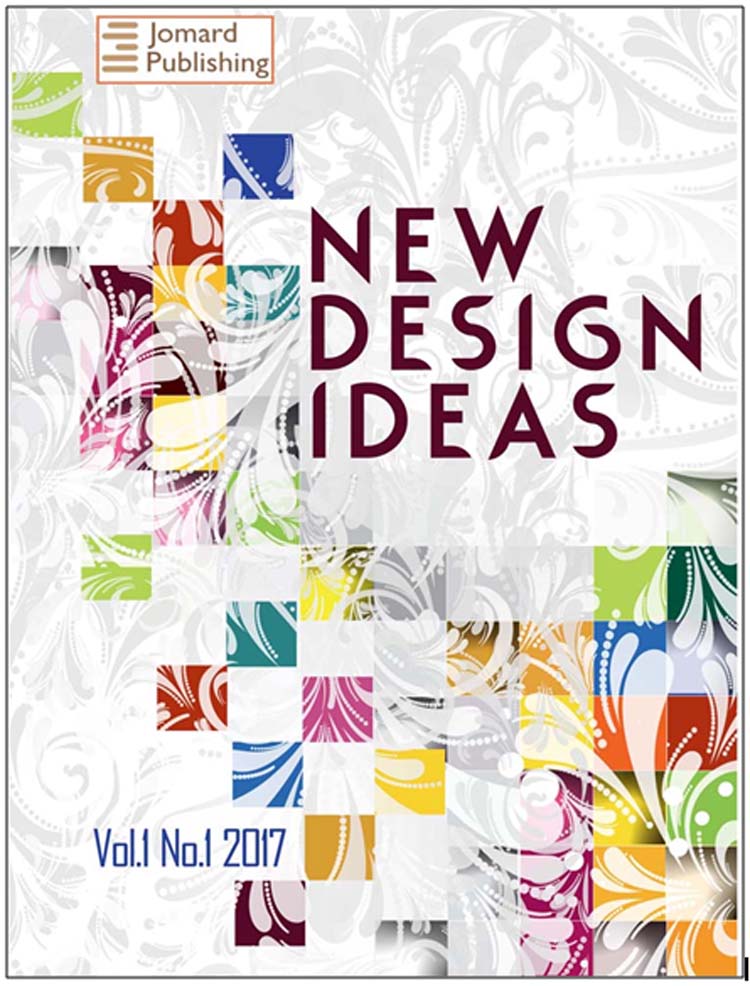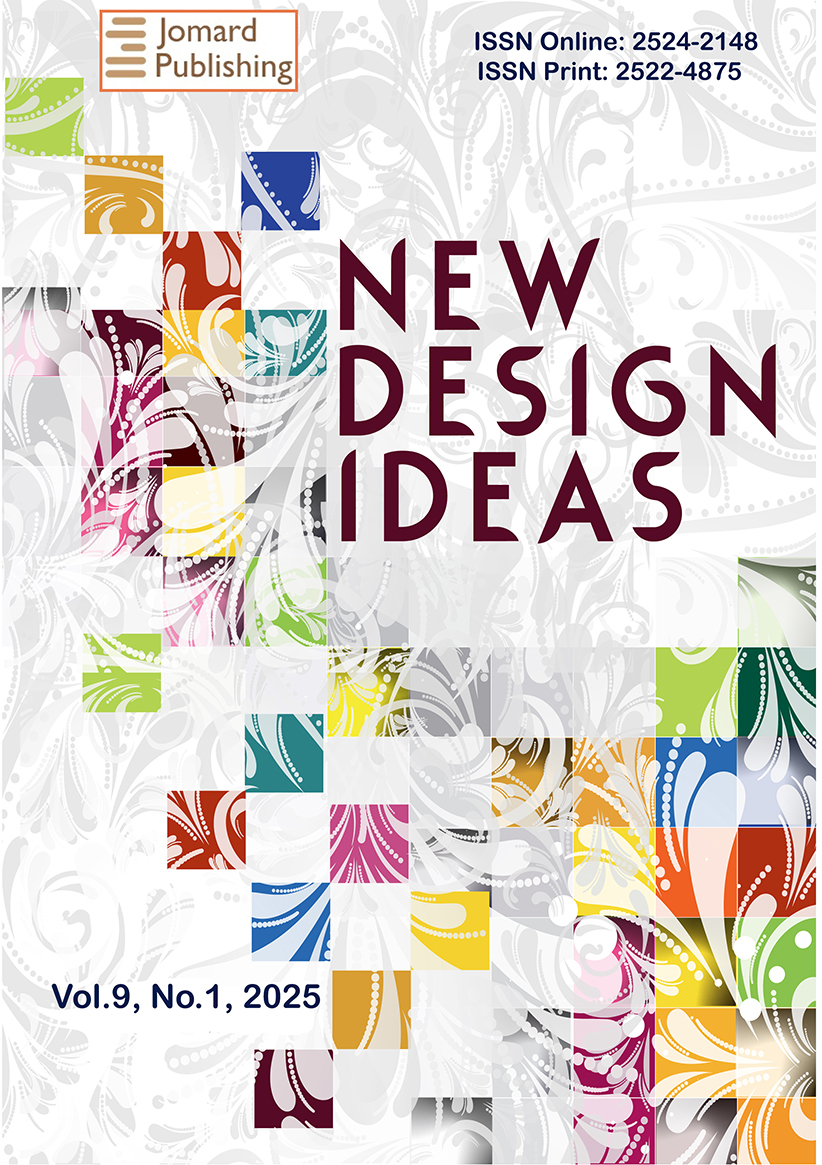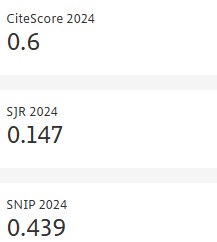BEYOND THE PHYSICAL: CONCEPTUAL MODEL OF INTANGIBLE COMFORT IN RUSSIAN ARCTIC CITIES
- Published: 02-04-2025
Share
Larger than similar settlements in other polar countries both in terms of climatic extremes and population size, the Russian Arctic city is a unique phenomenon - a product of the Soviet period of colonial urbanization. Its architectural environment does not provide a comfortable everyday interaction (physical and emotional) for citizens with the natural and artificial environment. At the same time, modernist utopian ideas, transformed under the influence of the urban mainstream, still largely determine the present and future of Arctic architecture in Russia. The current paper presents a theoretical model that conceptualizes the urban lived space as an object of architecture. The notion of lived space is based on Lefebvre's idea of space production and is seen as a phenomenological field in which architecture, context and individual perception are in empirical interaction. The proposed model attempts to integrate the key factors of Arctic urbanism into a coherent system, including aspects of the human-city nexus, such as year-round soft mobility and emotional perception; the challenge to the colonial view of the region and the potential of architecture to establish a strong human-city relationship.
- View 960
- Downloads 102
- Saveds 0
- Citations (Crossref) 0


